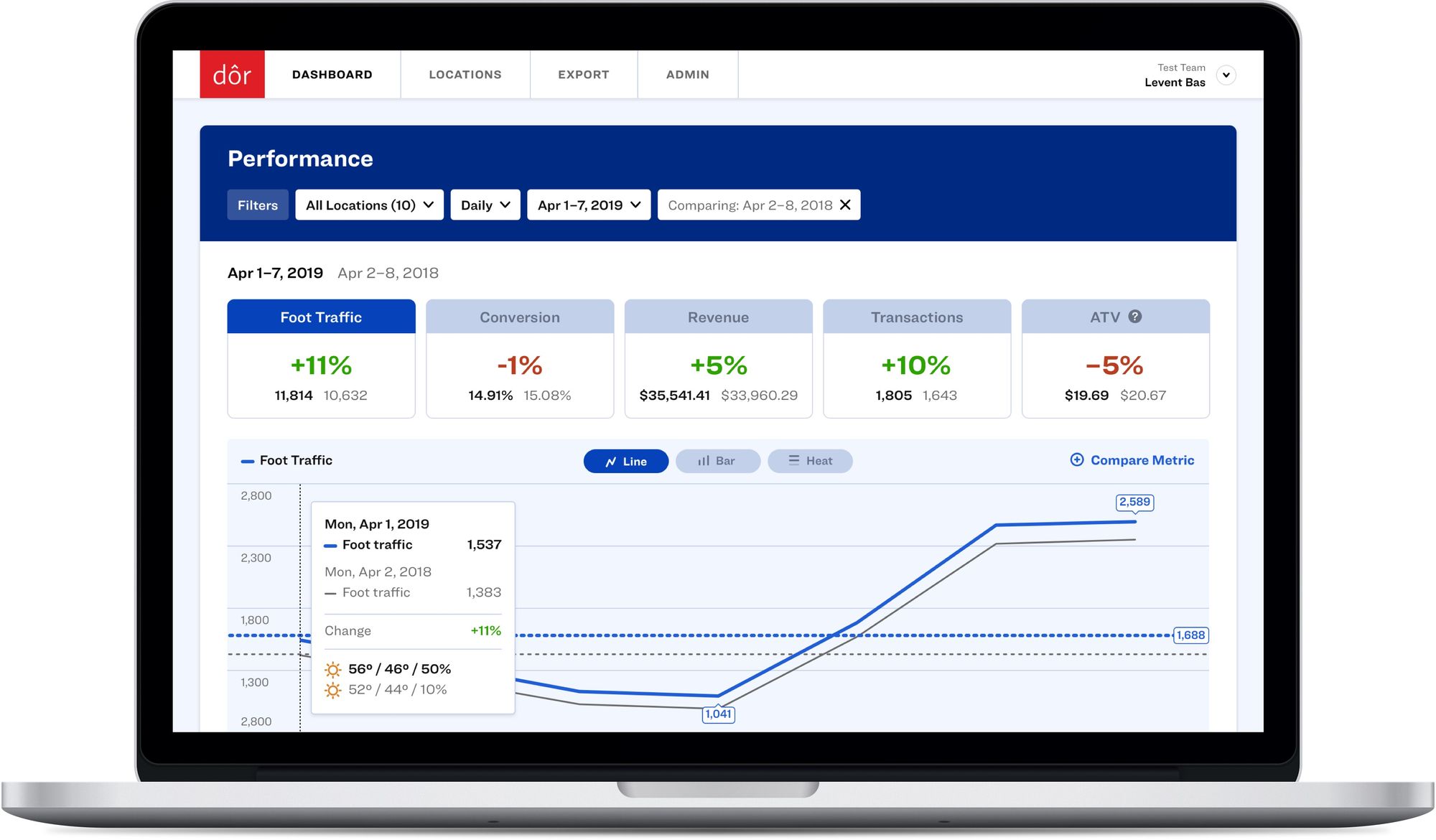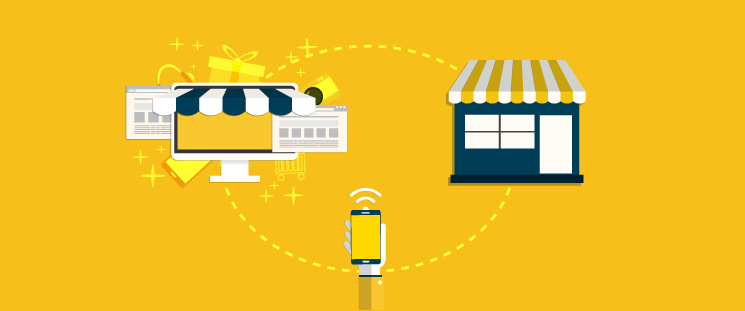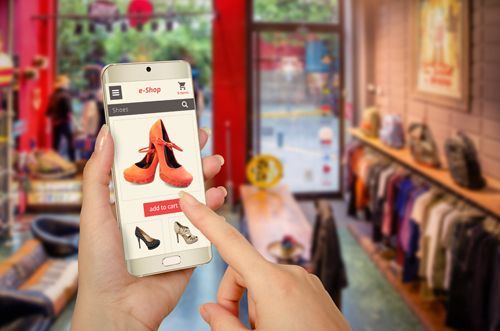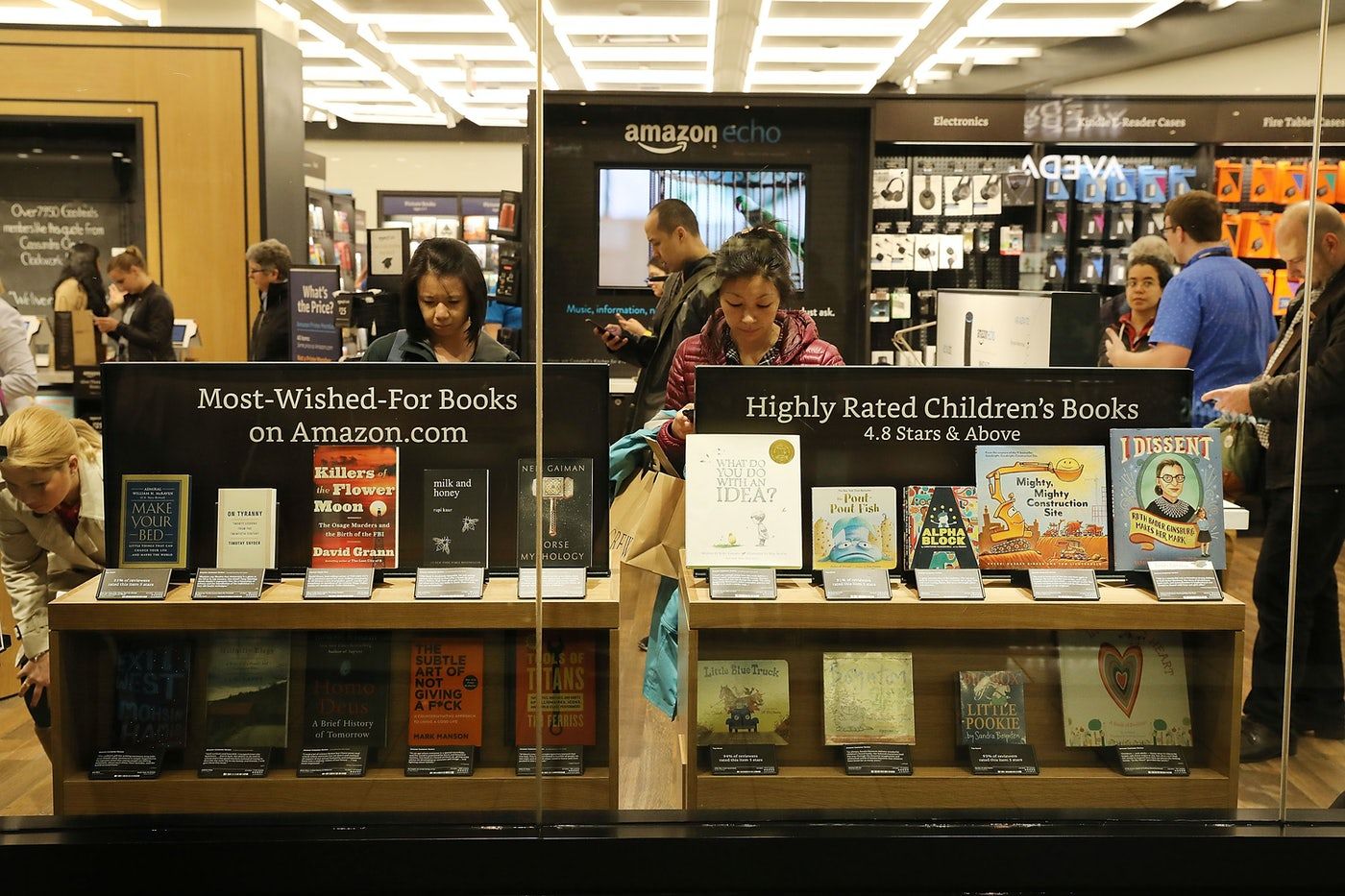Modern-day customers are on the hunt for convenience and practicality. They are faced with too many options every day, and the retailers are trying to offer them these services and win the competition. Nowadays, the customer has many outlets to search for the products, and the online channels are in popular demand.
However, how the retailers will use these platforms to enhance their sales in a practical and straightforward way is a question waiting to be solved, and a recent terminology called “webrooming” is one of these answers.

Did you know that a 1% increase in your store’s conversion rate can mean a 10% increase in revenue?
Click here to discover how Dor can help you understand your foot traffic data and make more profitable business decisions.
Ready to purchase? Complete your purchase in just minutes!
What’s webrooming?

Webrooming is the act of browsing the products at a retailer’s website but buying these items in-store instead of checking them out online.
It allows the customer to see the items before they go to the store, so there is a research period before the actual purchase. It’s is a beneficial way for the retailer to drive customer engagement, even before the customer walks through the door.
This popular trend in consumer psychology can be evaluated in many aspects as to why it has evolved and is advancing through different technology. This trend increases significantly during the holiday season, where it’s easier to find gifts online.
What are the reasons for the “webrooming” trend?
According to JRNI, 74 percent of U.S. and U.K. consumers webroom, mostly for electronics, clothing, and household items. Even though there are many reasons why the customer prefers to browse online and then purchase in-store, they can sum up in five major factors.

Convenience
Shopping is a social activity as well as a trade. However, many times, the customer has no time to go to a store and ask for a product.
What happens then is they go through their favorite retailer’s website and check the products they are looking for. Once they decide, then they can go to the store and make a mindful purchase. Sometimes, especially for clothing purchases, they don't know if the item is going to fit them, so they are reluctant to shop online and return, so they select the product online and then go to the store to try and buy.
Price comparison
For products with a wide distribution range, the product is sold through various retailers. According to the retailers’ gross margin calculation, the product can be priced to win the competition.
The customers looking for that type of product, such as a Samsung TV, can go to their favorite retailers’ websites or price comparison engines to find the cheapest item or the closest store to purchase it.
Product research
Most of the online stores have very detailed product information on their websites. Due to the nature of the websites, these products can be filtered by brand, by price, by color, or even the manufacturing place so the customers can compare and decide more efficiently at a website.
In this case, the eCommerce channel acts as an online catalog for the customer. Even though the store employees inform the customers about the product specifications, this behavior is very common for specific customers.

24/7 availability
The retailer stores are open between working hours, usually from 10 AM to 6 PM.
However, online stores are open 24/7, giving the customer more time to browse the product and decide accordingly.
Inventory
Product availability is one of the key things for the customer before going into the store.
If the customer knows that the product they are looking for is in store before they actually make the trip to go to one, it saves them time and money actually to purchase the goods.
How can retailers take advantage of webrooming?
Customer relationship management
Once the customer is logged in to the platform, the retailer receives more information about them such as their age, gender, email address, shopping preferences, and more.
Once the retailer has this information in hand, they can send newsletters or promos to the customer to drive traffic to their physical stores.
Related: 15 Email Marketing Tips for Retailers to Increase Sales
Offer coupons
Once the customer browses the products at the retailers’ website, they need to make sure that they will eventually come to the store to purchase.
An excellent way to provide that is to offer coupons to these customers if they come to the store.
Clienteling
During Covid19, many retailers struggled to drive customer traffic to stores, even when they were open.
However, recent technology about webrooming allowed the customers to connect to their favorite store associates through online channels at the website, such as a chatbot or video call, and provide the service they receive in-store.
In-store pickups
"Buy Online & Pick Up In-store" is a popular adaptation of webrooming to store.
This way, the customer completes the transaction online, however, visits the store to pick up the items they have purchased. It gives the customer the chance to pick its own time for delivery, instead of waiting for the post.
Personalization
The cookie technology used at the websites stores the browsing information of the customer in encryption, so once they browse the customers’ website, they can receive more personalized options.
This way, the retailer has the opportunity to offer upsell or cross-sell items to their customers.
Customer reviews
Online channels have the opportunity to include customer reviews on product pages.
As a result, the customers can learn about the product from the people who have purchased the product previously to be more confident about their purchase when they go to the store.
Increase customer engagement
Amazon Bookstore has a fantastic layout merging in-store vs. online experience.
The store is designed as a giant online store, where the customer can see a typical Amazon online experience, such as “Products related to this item” or “Most starred items.”

Best of both worlds
Webrooming offers the customer the best of both physical and digital retail.
They have the convenience and the ease of browsing online, but they’ll also have the social experience and touch & feel aspect of in-store shopping.